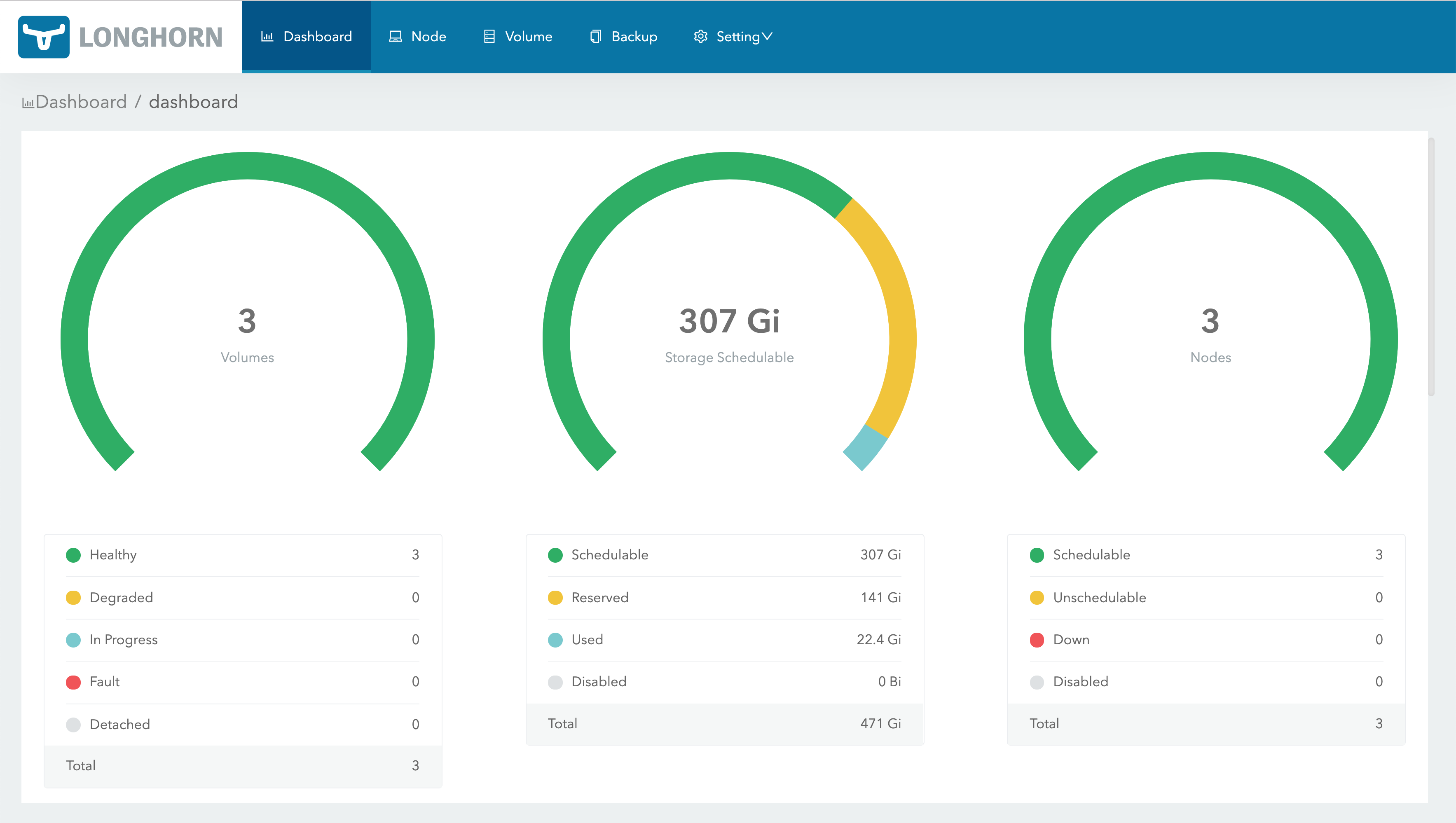The idea is to implement a locking mechanism that utilizes the backupstore, to prevent the following dangerous cases of concurrent operations. 1. prevent backup deletion during backup restoration 2. prevent backup deletion while a backup is in progress 3. prevent backup creation during backup deletion 4. prevent backup restoration during backup deletion The locking solution shouldn't unnecessary block operations, so the following cases should be allowed. 1. allow backup creation during restoration 2. allow backup restoration during creation The locking solution should have a maximum wait time for lock acquisition, which will fail the backup operation so that the user does not have to wait forever. The locking solution should be self expiring, so that when a process dies unexpectedly, future processes are able to acquire the lock. The locking solution should guarantee that only a single type of lock is active at a time. The locking solution should allow a lock to be passed down into async running go routines. Longhorn #612 Signed-off-by: Joshua Moody <joshua.moody@rancher.com> |
||
|---|---|---|
| .github | ||
| chart | ||
| deploy | ||
| dev/scripts | ||
| enhancements | ||
| examples | ||
| scripts | ||
| uninstall | ||
| CODE_OF_CONDUCT.md | ||
| CONTRIBUTING.md | ||
| LICENSE | ||
| longhorn-ui.png | ||
| MAINTAINERS | ||
| README.md | ||
Longhorn 
Build Status
Overview
Longhorn is a distributed block storage system for Kubernetes.
Longhorn is lightweight, reliable, and powerful. You can install Longhorn on an existing Kubernetes cluster with one kubectl apply command or using Helm charts. Once Longhorn is installed, it adds persistent volume support to the Kubernetes cluster.
Longhorn implements distributed block storage using containers and microservices. Longhorn creates a dedicated storage controller for each block device volume and synchronously replicates the volume across multiple replicas stored on multiple nodes. The storage controller and replicas are themselves orchestrated using Kubernetes. Here are some notable features of Longhorn:
- Enterprise-grade distributed storage with no single point of failure
- Incremental snapshot of block storage
- Backup to secondary storage (NFSv4 or S3-compatible object storage) built on efficient change block detection
- Recurring snapshot and backup
- Automated non-disruptive upgrade. You can upgrade the entire Longhorn software stack without disrupting running volumes!
- Intuitive GUI dashboard
You can read more technical details of Longhorn here.
Current status
The latest release of Longhorn is v1.0.0.
Source code
Longhorn is 100% open source software. Project source code is spread across a number of repos:
- Longhorn engine -- Core controller/replica logic https://github.com/longhorn/longhorn-engine
- Longhorn manager -- Longhorn orchestration https://github.com/longhorn/longhorn-manager
- Longhorn UI -- Dashboard https://github.com/longhorn/longhorn-ui
Requirements
For the installation requirements, refer to the Longhorn documentation.
Install
Longhorn can be installed on a Kubernetes cluster in several ways:
Documentation
The official Longhorn documentation is here.
Community
Longhorn is an open source software, so contribution are greatly welcome. Please read Code of Conduct and Contributing Guideline before contributing.
Contributing code is not the only way of contributing. We value feedbacks very much and many of the Longhorn features are originated from users' feedback. If you have any feedbacks, feel free to file an issue and talk to the developers at the CNCF #longhorn slack channel.
License
Copyright (c) 2014-2020 The Longhorn Authors
Licensed under the Apache License, Version 2.0 (the "License"); you may not use this file except in compliance with the License. You may obtain a copy of the License at
http://www.apache.org/licenses/LICENSE-2.0
Unless required by applicable law or agreed to in writing, software distributed under the License is distributed on an "AS IS" BASIS, WITHOUT WARRANTIES OR CONDITIONS OF ANY KIND, either express or implied. See the License for the specific language governing permissions and limitations under the License.

